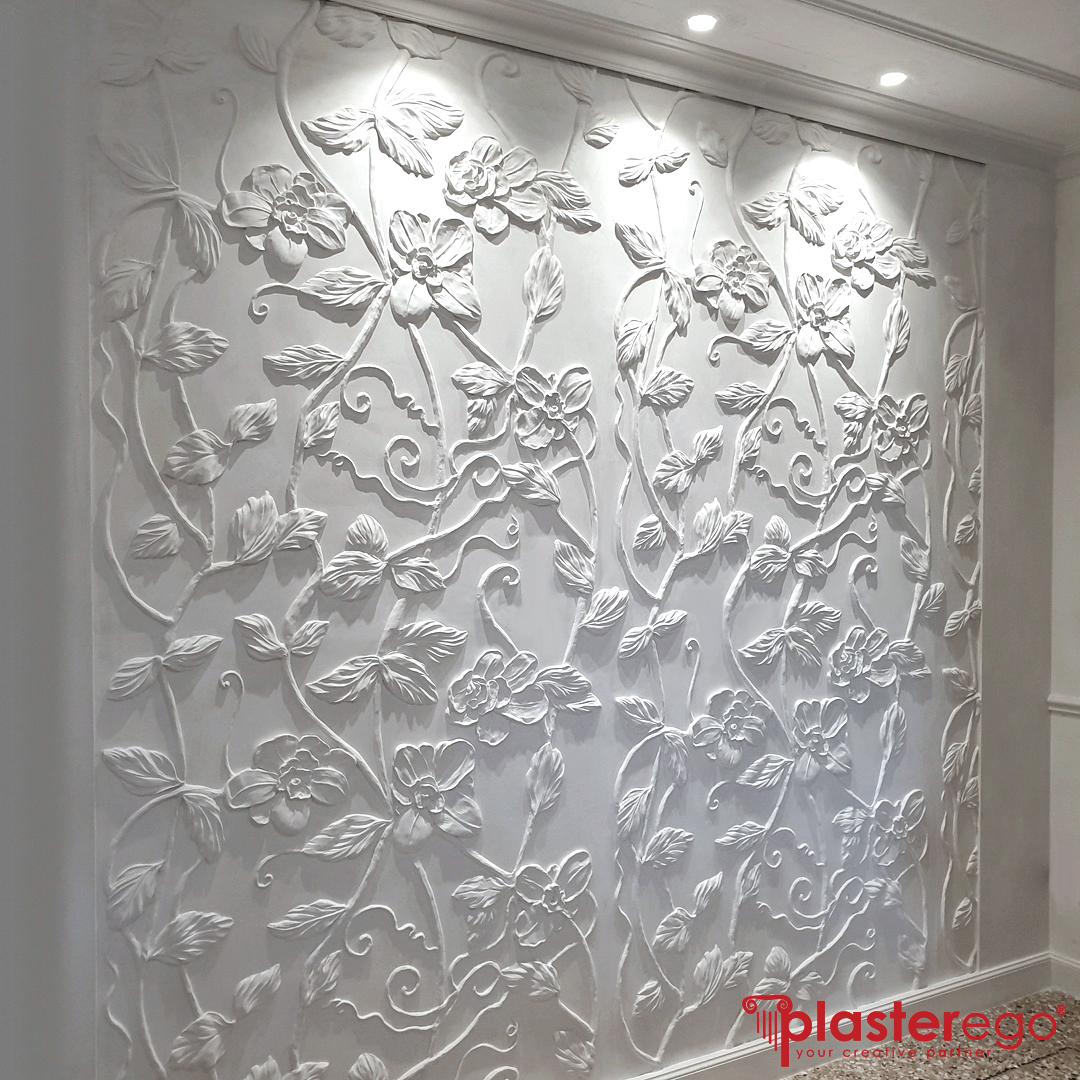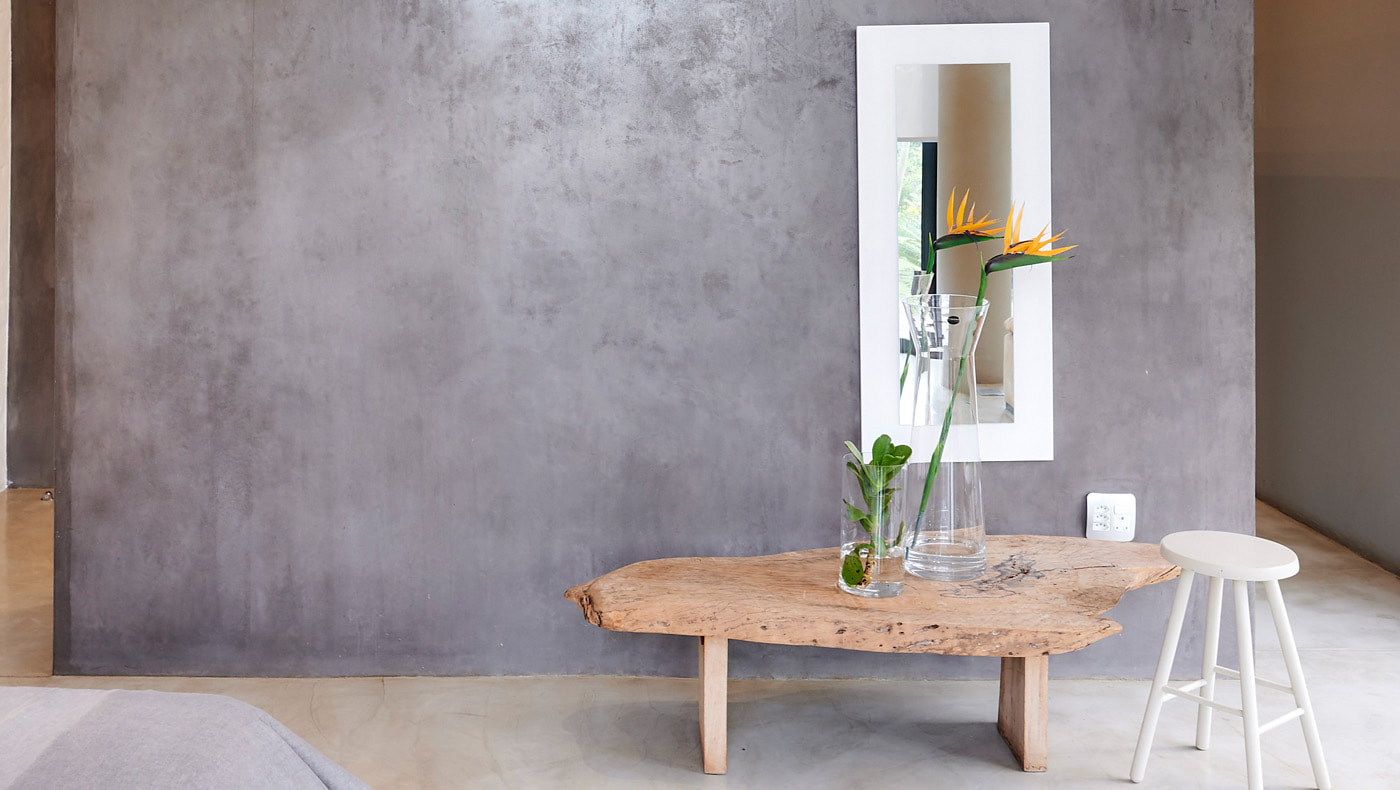When it comes to home decor, few elements can dramatically change the atmosphere of a space like decorative plaster walls. Having experimented with different finishes in my own home, I can attest to their beauty and versatility. In this guide, we will explore various styles, benefits, installation tips, and everything you need to know to make an informed decision about incorporating decorative plaster into your own living spaces.
What are Decorative Plaster Walls?
Decorative plaster walls refer to finishes applied to walls made from plaster, which can range from simple textured patterns to intricate designs. They can be used in both residential and commercial settings, offering an elegant touch to any room.
History of Decorative Plaster
Decorative plaster has a rich history that dates back to ancient civilizations, where artisans created ornate designs to showcase wealth and artistry. From the grand palaces of Europe to the humble homes of rural communities, plaster has been a fundamental element of architectural design.
Types of Decorative Plaster Finishes
- Stucco: A popular exterior finish known for its durability.
- Venetian Plaster: Characterized by its smooth, polished surface and depth.
- Textured Plaster: Offers a variety of patterns and styles, from rustic to modern.
- Faux Finishes: Mimics other materials such as marble or wood.
Benefits of Decorative Plaster Walls

1. Aesthetic Appeal
One of the most significant advantages of decorative plaster walls is their aesthetic appeal. They can add depth and character to any room. Whether you prefer the sleek elegance of Venetian plaster or the rustic charm of textured finishes, decorative plaster can enhance your space’s overall look.
2. Durability
Plaster is known for its durability compared to traditional paint. It can withstand minor impacts, making it ideal for high-traffic areas. Additionally, plaster finishes do not chip or peel like paint, ensuring longevity and requiring less frequent maintenance.

3. Natural Insulation
Plaster walls offer natural insulation properties, helping to regulate indoor temperatures. This can lead to energy savings in heating and cooling costs.
4. Eco-Friendly Options
Many plaster materials are made from natural ingredients, making them an excellent choice for environmentally conscious homeowners. They often contain no harmful chemicals, and some options are even biodegradable.

Installation of Decorative Plaster Walls
Preparation Steps
Before starting with decorative plaster installation, proper preparation is key. Here’s what I learned from my own experiences:
- Surface Preparation: Ensure walls are clean, dry, and free from any previous coatings.
- Choose the Right Tools: Essential tools include trowels, sponges, and mixing containers.
- Select Quality Materials: Invest in high-quality plaster products for better results.

Applying Plaster: Step-by-Step Guide
Applying decorative plaster can be a rewarding DIY project. Here’s a brief overview of the process:
- Mix the plaster according to manufacturer’s instructions.
- Start applying the plaster with a trowel, ensuring an even layer.
- Use a sponge to create texture as desired.
- Allow the plaster to cure before applying a second coat if needed.
- Finish with a sealant to protect the surface.
Comparison Table: Types of Decorative Plaster
| Type | Aesthetic | Durability | Installation Difficulty | Cost |
|---|---|---|---|---|
| Stucco | Rustic | High | Medium | $$$ |
| Venetian Plaster | Sleek | Medium | High | $$$$ |
| Textured Plaster | Varied | High | Medium | $$ |
| Faux Finishes | Varied | Medium | Medium | $$$ |

DIY vs. Hiring a Professional
When considering decorative plaster walls, one significant dilemma homeowners face is whether to take on the project themselves or hire a professional. Here’s a breakdown:
DIY Pros and Cons
- Pros:
- Cost savings on labor.
- Personal satisfaction from completing a project.
- Full control over the design process.
- Cons:
- Time-consuming, especially for beginners.
- Potential for mistakes leading to costly rework.
- Need to invest in tools and materials.

Hiring a Professional Pros and Cons
- Pros:
- Expertise and experience lead to high-quality results.
- Faster completion time.
- Less stress for the homeowner.
- Cons:
- Higher overall cost.
- Less control over the project.
- Finding a trustworthy contractor may take time.
Cost Factors for Decorative Plaster Walls
The cost of installing decorative plaster depends on several factors, including the type of plaster, the size of the area, and whether you choose to do it yourself or hire a professional. Here’s a breakdown:
Material Costs
| Type of Plaster | Approximate Cost per Square Foot |
|---|---|
| Stucco | $4 – $8 |
| Venetian Plaster | $6 – $12 |
| Textured Plaster | $3 – $7 |
| Faux Finishes | $5 – $10 |
Labor Costs
If you opt for professional installation, labor costs can range from $50 to $100 per hour, depending on the region and the contractor’s experience.
Establishing a Budget for Your Project
When budgeting for decorative plaster walls, consider the following:
- Choose your plaster type wisely, as it greatly affects overall costs.
- Factor in potential additional costs, such as texture application and sealants.
- Set aside a contingency fund for unforeseen expenses.
FAQs about Decorative Plaster Walls
1. Are decorative plaster walls easy to maintain?
Yes, decorative plaster walls are relatively easy to maintain. They require occasional cleaning with a damp cloth and sealing every few years to protect the finish.
2. Can I apply decorative plaster over paint?
While it is possible to apply decorative plaster over painted surfaces, it’s essential to ensure the existing paint is in good condition. Sanding the surface may also help the plaster adhere better.
3. How long does decorative plaster last?
With proper care, decorative plaster can last for decades. Its durability is one of the reasons it has remained a popular choice throughout history.
4. What is the drying time for decorative plaster?
The drying time for decorative plaster can vary based on humidity and temperature but typically ranges from 24 to 48 hours before it can be painted or sealed.
Conclusion
In conclusion, decorative plaster walls offer an exceptional way to enhance your living spaces, providing both aesthetic appeal and durability. Whether you choose to tackle the project as a DIY endeavor or seek professional help, understanding the types and benefits of decorative plaster will empower you to make the best choice for your home. I hope this guide leads you to the perfect decision and inspires you to transform your space with the beauty of decorative plaster.